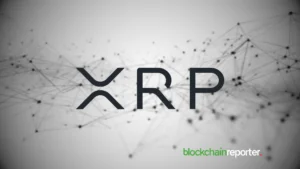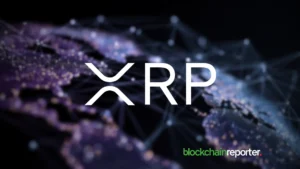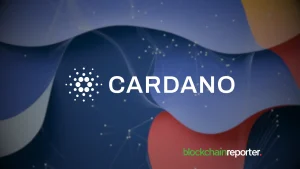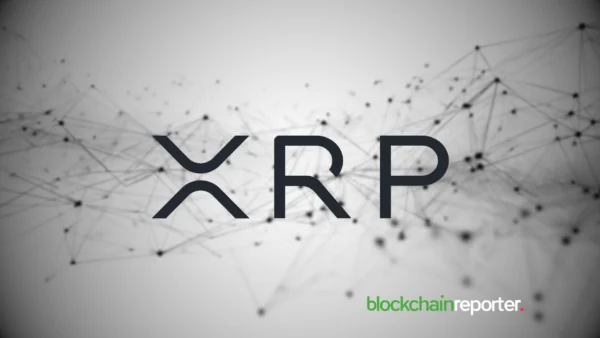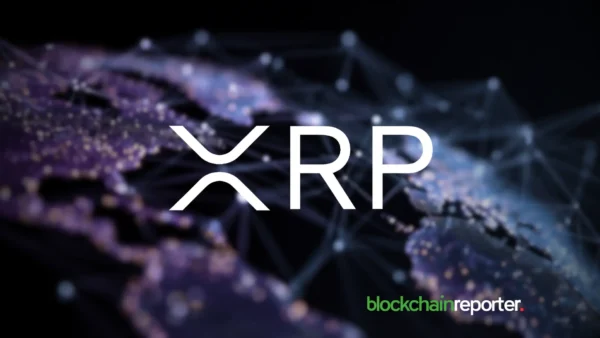
Anyone in the crypto space long enough must have heard of the largest crypto initial coin offering, popular as ICOs, the EOS token. During the 2017-2018 ICO hay days, EOS token raised over $4 billion in its ICO, which lasted just over a year, making it the largest ICO in the crypto scene to date. However, what started as a blockchain fairytale, where EOS rapidly climbed the market cap charts to secure its place as a top ten coin, soon turned into a horror show. What was hailed once as the most efficient and capable blockchains on paper soon became a shell blockchain, with little activity and development taking place.
The fall from grace is all blamed on one organization, Block.one, a Cayman Island-based company, which collected the ICO funds. After releasing 900 million+ $EOS tokens during the ICO and collecting $4 billion in Ethereum tokens, the company has done little to advance developments and innovations on the Eos blockchain. Now, the community, most of those who participated in the ICO, want answers from Block.one and have come together to form the EOS Network Foundation (ENF).
A lack of Effort From The Block.one Team
According to an executive familiar with the workings of Block.one (name withheld as they signed NDAs) said the company’s goal was never aligned with the investors and the community. The Block.one team was actually surprised at raising so much money during the ICO as they only branded themselves as a marketing company for the $EOS token, not a blockchain development one. The executive further shared that the idea was to “put up the minimum software necessary and then get out”. And it worked.
Over the next year, the CEO of Block.one, Brendan Blumer, and its executives aggressively campaigned and gave promises on the upcoming developments on the Eos blockchain. Instead of putting these funds into features that they had laid out, such as the ability for the chain to process millions of transactions per second, Block.one used the funds on external projects, buying Bitcoin and government bonds – totally neglecting the EOS blockchain.
Notwithstanding, the company used part of the ICO proceeds in its recently launched crypto exchange. Bullish. The exchange’s liquidity is derived in large part from the proceeds of the EOS ICO. Registered in the Cayman Islands, Block.one planned to take the crypto exchange public via a $9 billion merger with a special purpose acquisition company (SPAC) called Far Peak Acquisition Corp on March 8, 2022. However, the merger has since been pushed to June 2022.
All these problems and issues with Block.one led to the rise of ENF, led by Yves La Rose, an EOS blockchain developer. The EOS Network Foundation aims to hold Block.one accountable for the promises made to the community, the misappropriation of the ICO proceeds and how to bring the Eos blockchain back to its glory days.
The rise and rise of the ENF and EOS community
After years of fighting for the EOS blockchain, the ENF community is finally progressing in reinstating EOS’s dreams to be the most efficient blockchain. The community-led entity has taken the reins of the EOS blockchain from Block.one and recently announced advancements in bringing the Ethereum Virtual Machine (EVM) into the EOS network, allowing developers to use familiar blockchain tools and code on the high-performance blockchain.
The Trust EVM is a virtual machine that aims to bring smart contracts to the EOS protocol with high performance, instant speeds, and high throughput of over 10,000 transactions per second (TPS). In addition, the EVM runtime maintains full compatibility with the rest of the EOS dApp ecosystem, allowing tokens to be moved between the trustless environments. The Trust EVM will usher in the next generation of DeFi and GameFi with limitless possibilities when combining the speed, throughput, and cost of EOS for Solidity based applications running on the EOS EVM.
On finding Block.one responsible, the ENF has hired a law firm that will help in the legal issues pertaining to Block.one’s misappropriation of the ICO funds, negligence, broken promises on developing the blockchain and other actions. Finally, the legal team will also aim to pursue all possible legal options to recover the $4.2 billion raised during the token sale.



